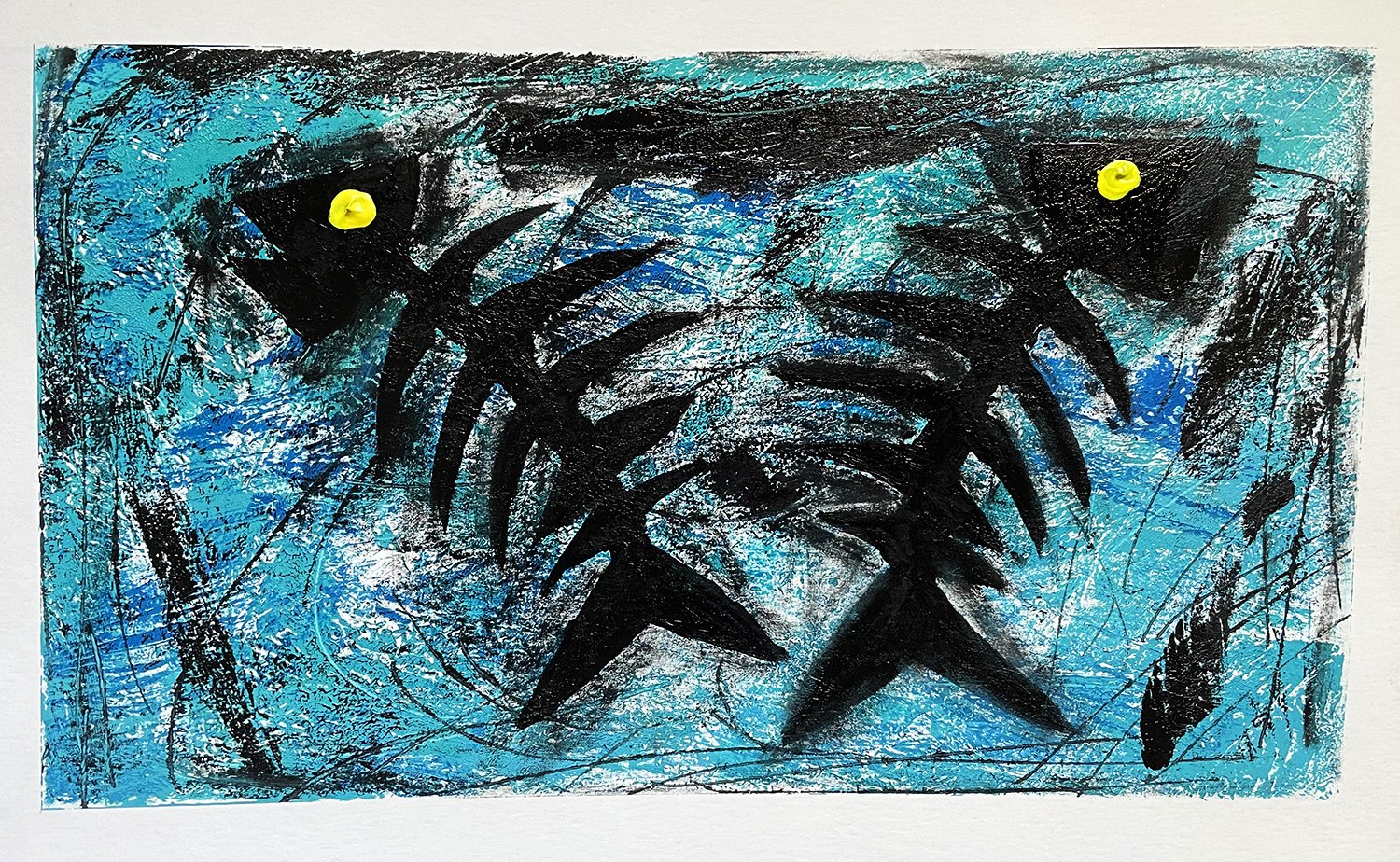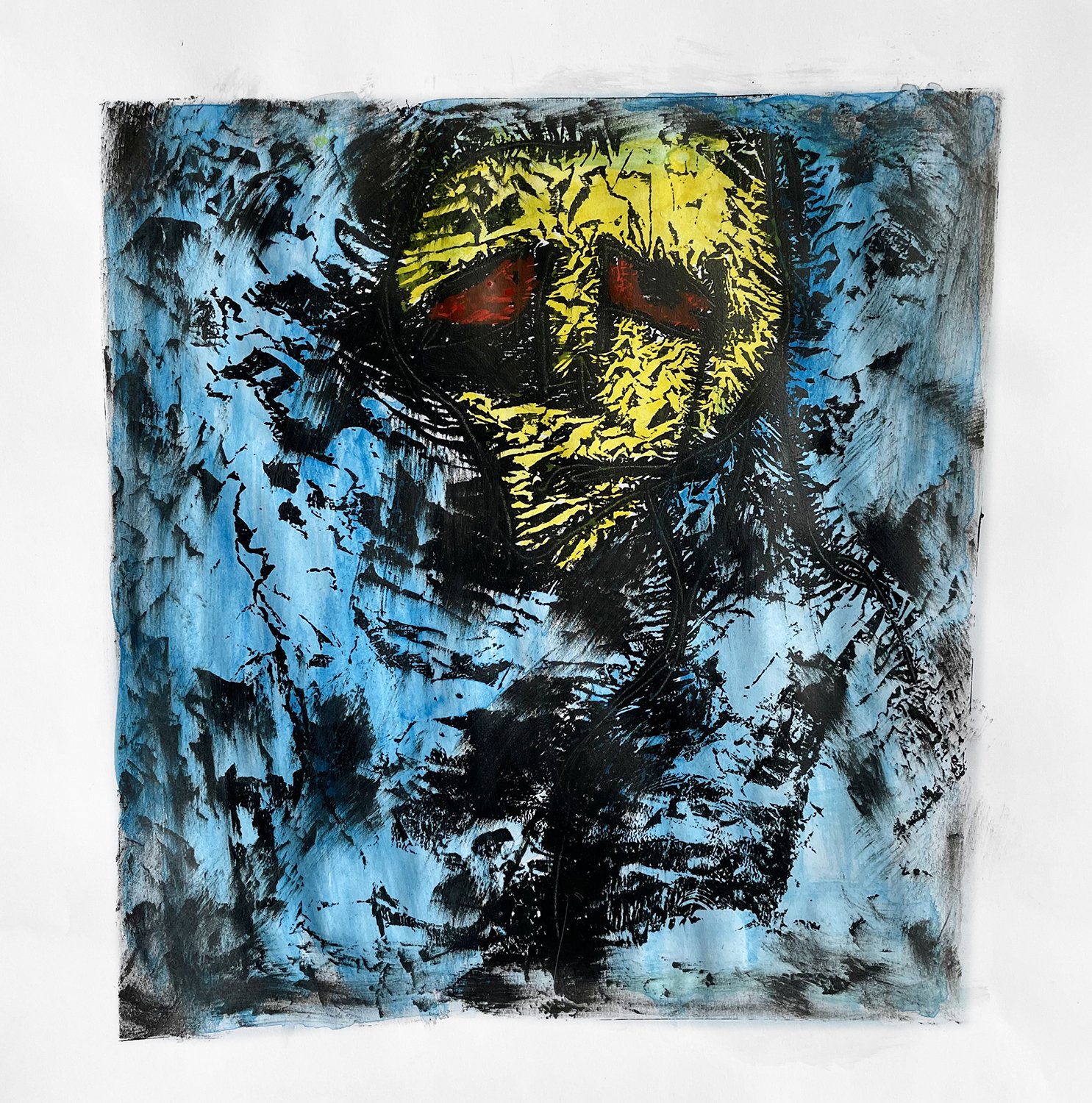My concerns and interests lie in impressionism, even abstract impressionism. To me, this form of art is the ultimate form of the word “implied.” There is so much freedom in making art that is less literal, more abstract, and less concrete. I can allow my mind to ponder the theories I’m interested in and create work that represents the ideas without being explicit. As I’ve grown older, I’m less interested in telling literal stories and more interested in exploring the emotions and feelings behind the ideas or concepts. I love photography and will continue to make photographs at some point, but for now, this is a much more powerful way for me to express my ideas.
I’ve been spending a lot of time reading and re-reading Rick Rubin’s book, “The Creative Act: A Way of Being.” He said, "Art as a work in progress: All art is a work in progress. It's helpful to see the piece we're working on as an experiment."
Photography has been a wonderful career for me. I made a living with it for many years and retired as a photographer. I’ve always loved it and appreciated it. As I’ve had time to think deeply about what I’m most interested in now, I find myself drawn to painting. For many years, I’ve threatened to start painting when photography doesn’t speak to me. I’ve dabbled in mixed media quite a lot over the years. In undergraduate school, I did a lot of experimental photography, even painting on images. But this is different for me now. I have specific ideas and themes I want to paint about. My Becker studies opened up so much for me, and I want to be free to express those ideas through post-impressionism, impressionism, and abstract impressionism. I’m no Pollock, no De Kooning, and surely no Van Gogh, but I know I have a voice in this medium.
My goal is to work through ideas and themes around death denial, death anxiety, terror management theory, gratitude, and humility. Those are the big-picture themes or ideas. I have several months now to paint because winter is here. Although I would be painting in the summer or in good weather too, it’s just a great winter activity. I’ll try to post occasionally about my progress. I’ve made 20–30 paintings so far and am still very much exploring techniques and ideas. Stay tuned!









